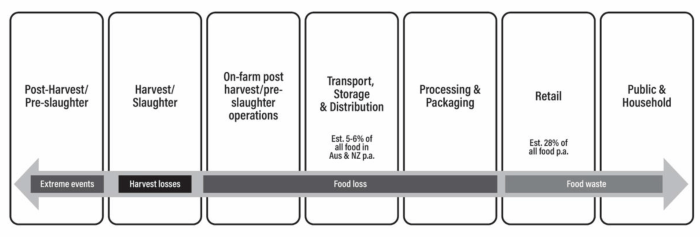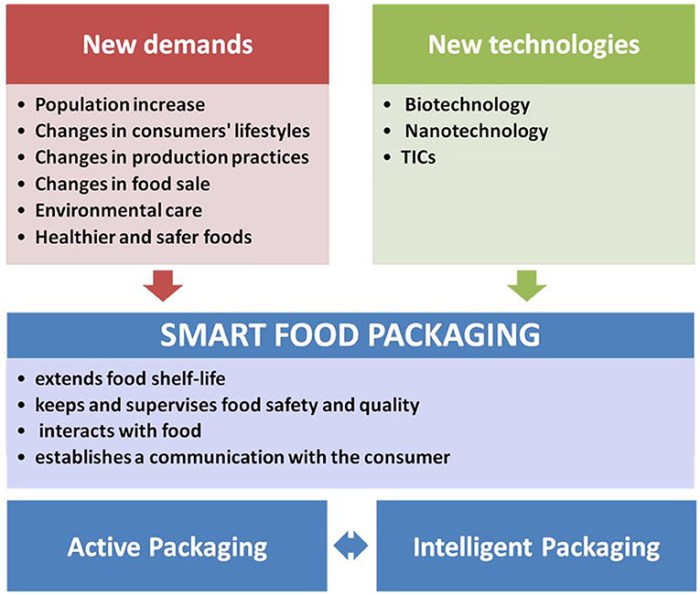Effective packaging and labels send consumers the signal buy me, captivating their attention, influencing their purchasing decisions, and ultimately driving sales. This article delves into the psychological factors, design elements, and industry standards that shape effective packaging, exploring how it communicates with consumers and builds brand loyalty.
From the vibrant colors that evoke emotions to the strategic placement of product information, every aspect of packaging and labeling plays a crucial role in the consumer experience. Understanding these elements empowers businesses to create packaging that not only protects their products but also serves as a powerful marketing tool.
Effective Packaging and Labels

Packaging and labels play a crucial role in influencing consumer purchasing decisions. They convey important information about the product, create a visual appeal, and establish brand identity. Effective packaging and labels can increase sales, build brand loyalty, and differentiate products in a competitive market.
Numerous examples of successful packaging designs demonstrate the impact on sales. Apple’s minimalist packaging, for instance, has become iconic and is associated with high-quality products. Coca-Cola’s distinctive red and white label has made the beverage instantly recognizable worldwide.
Branding and Messaging
Packaging and labeling are integral components of branding. They communicate the brand’s personality, values, and key messages. A consistent and cohesive packaging design across different products helps establish brand recognition and builds customer loyalty.
Clear and concise messaging on labels provides essential information to consumers, including product benefits, ingredients, and usage instructions. Effective labeling ensures that consumers can make informed purchasing decisions and understand how to use the product safely and effectively.
Consumer Psychology and Packaging
Packaging and labels influence consumer responses through various psychological factors. Color, shape, and texture play significant roles in shaping consumer perception.
Color
Colors evoke specific emotions and associations. Warm colors like red and orange are often used to stimulate appetite and excitement, while cool colors like blue and green convey tranquility and freshness.
Shape, Effective packaging and labels send consumers the signal buy me
The shape of packaging can convey product attributes. Round shapes are perceived as friendly and approachable, while angular shapes may suggest strength or durability.
Texture
The texture of packaging can enhance sensory experiences. A smooth and glossy surface conveys luxury, while a rough and textured surface may imply natural or organic products.
Design Elements for Effective Packaging

| Design Element | Description | Example |
|---|---|---|
| Hierarchy | Arranging elements in order of importance to guide consumer attention | Product name prominently displayed |
| Contrast | Using different colors, fonts, or textures to create visual interest and highlight important information | Bold product logo on a neutral background |
| Whitespace | Negative space used to create visual balance and readability | Ample space around product description |
| Typography | Choice of font, size, and style to enhance readability and convey brand personality | Sans-serif font for clarity and modernity |
| Imagery | Use of photographs, illustrations, or graphics to illustrate product features and evoke emotions | Appetizing food photography on packaging |
Labeling Regulations and Standards: Effective Packaging And Labels Send Consumers The Signal Buy Me
Product labeling is subject to legal requirements and industry standards. Accurate and transparent labeling is crucial for consumer safety, trust, and brand reputation.
Government regulations specify mandatory information that must be included on labels, such as product name, ingredients, nutritional information, and safety warnings. Industry standards provide additional guidelines to ensure consistency and clarity in labeling.
Consumers rely on labeling to make informed choices about products. Accurate and transparent labeling builds trust and enhances brand reputation, while misleading or deceptive labeling can damage consumer confidence and lead to legal consequences.
Innovative Packaging and Labeling Techniques

Emerging technologies and innovative packaging techniques enhance consumer experience and sustainability.
Sustainable Materials
Eco-friendly packaging materials, such as biodegradable plastics and recycled paper, are becoming increasingly popular. Consumers are increasingly conscious of environmental concerns and appreciate brands that prioritize sustainability.
Augmented Reality
Augmented reality (AR) allows consumers to interact with packaging through their smartphones or tablets. AR apps can provide additional product information, interactive experiences, or even personalized content.
Interactive Packaging
Interactive packaging encourages consumer engagement. Features such as peel-to-reveal tabs, QR codes, or touch-sensitive elements add an element of surprise and discovery to the packaging experience.
Query Resolution
How does packaging influence consumer purchasing decisions?
Packaging influences consumer purchasing decisions by capturing their attention, communicating product information, and evoking emotions. It serves as a visual cue that triggers associations with the brand and the product’s perceived value.
What are some key design elements of effective packaging?
Key design elements of effective packaging include color, shape, texture, typography, and imagery. These elements work together to create a visually appealing and informative package that communicates the brand’s message and resonates with the target audience.
How do labeling regulations impact packaging design?
Labeling regulations impact packaging design by setting legal requirements for the accurate and transparent display of product information. These regulations ensure that consumers have access to essential information about the product’s ingredients, nutritional value, and safety instructions.

